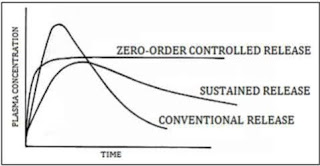How Glucose transport into the cell?
How Glucose transport into the cell?
Glucose cannot diffuse directly into
cells, but enters by one of two transport
mechanisms:
1. Na+-independent,
facilitated diffusion transport sys tem
2. Na+-monosaccharide
cotransporter system.
Na+-independent, facilitated
diffusion transport sys tem
This system is mediated by a family of 14 glucose transporters in cell membranes.They are designated
GLUT-1 to GLUT-14 (glucose transporter isoforms
1–14).
These transporters exist in the membrane
in two conformational states. Extracellular
glucose binds to the transporter, which then
alters its conformation, transporting glucose across the cell membrane. In facilitated diffusion,
glucose movement follows a concentration
gradient, that is, from a high glucose concentration to a lower one.
For example, GLUT-1, GLUT-3, and GLUT-4 are
primarily involved in glucose uptake
from the blood.
Na+-monosaccharide cotransporter system.
This
is an energy-requiring process that transports glucose “against” a concentration gradient—that is, from
low glucose concentrations outside the cell
to higher concentrations within the cell.
This
system is a carrier-mediated process in which the movement of glucose is coupled to the concentration
gradient of Na+, which is transported
into the cell at the same time.
The
carrier is a sodium-dependent–glucose transporter or SGLT.
This
type of transport occurs in the epithelial cells of the intestine and renal tubules



Comments
Post a Comment
Thanks